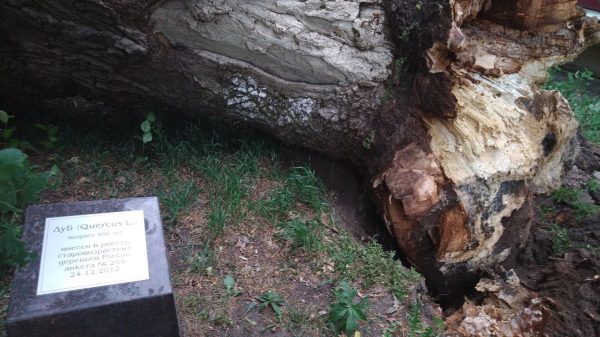New burial reveals ancient animal species helped hunters
In an ancient grave in what is now northwestern Argentina, a man was buried with a canine companion, but according to a new study, this animal was not a dog. The skeleton of a fox was discovered in the burial, which may have once competed with dogs for human affection.
Humans and dogs have a long history. The relationship between these two species dates back tens of thousands of years. According to the study, dogs migrated to America along with people more than 15 thousand years ago.
However, fresh analysis of evidence from a Patagonian burial dating back to about 1500 years points to a similar close connection between hunter-gatherers in southern South America and a large, extinct species of fox.
Archaeologists initially discovered a nearly complete fox skeleton buried next to by a person in northern Patagonia in 1991. According to bioarchaeologist Ophélie Lebrasseur, there were no signs of cuts on the bones, so the fox was not eaten.
In-depth analysis of ancient DNA and radiocarbon dating confirmed the species and age of the fox, and a study of collagen in the fox's bones showed that it ate the same diet as members of this group of people. Scientists reported in the journal Royal Society Open Science that along with the placement of the skeleton in the grave, the animal's diet suggested that the fox was tame and kept as a pet.
This discovery adds to a growing body of evidence from burials in other continents, indicating that individual foxes were domesticated by humans and maintained friendly relationships.
An ancient species of fox lived from the Pleistocene era (about 2.6 million – 11,700 years ago) until the Holocene, they became extinct about 500 years ago. It was about the size of a modern German Shepherd, but much less bulky and weighed up to 15 kilograms.
“In general, the fox was a carnivore,” says Lebrasseur. But when scientists examined the fox skeleton from the burial, they found that it was less carnivorous than expected and more similar to the diet of humans.
“This suggests that either humans were feeding the foxes, or they were living in a community and eating kitchen scraps,” Lebrasseur told CNN. “This speaks to closer relationships and integration of canines into society.”
According to paleobiologist Aurore Grandal-d'Anglade, the idea of foxes as domestic animals in South America is consistent with evidence from other fox burials in Europe and Asia. Grandal-d'Anglade previously described Bronze Age graves on the Iberian Peninsula in which dozens of dogs and four foxes were buried alongside people. The researchers found that foxes lived in a similar way to dogs, suggesting that they too were companions for humans.
“There's no reason why foxes couldn't have been domesticated,” Grandal-d'Anglade said. “We know that people in many completely different societies often keep pets not only canines, but also, for example, monkeys, birds, and reptiles. When viewed in this light, there are more and more places where foxes appear to have played the role of pets.”
The analysis also shed light on what drove foxes to extinction – or, rather, that this did not happen. One hypothesis is that foxes interbred with dogs that European colonizers brought to South America, and this interbreeding eventually led to the extinction of the fox family. But the fox DNA told a very different story, the study authors said.
“Based on what we were able to find out, and on the technique that we developed in Oxford several years ago, we were able to assume that hybridization between domestic dogs and foxes would not produce fertile offspring,” explained Ophélie Lebrasseur.
However, dogs were not entirely to blame for the extinction of foxes. Having a diet similar to that of foxes, the dogs helped accelerate the extinction of the animal, driving them out of the population. Lebrasseur added that dogs could also be carriers of diseases that affected foxes.
Grandal-d'Anglade said experts often attribute the domestication of dogs to people realizing they could use them to work as hunters or shepherds. But the skeleton of an ancient fox at Cañada Seca and other burials hint that the animal did not have to be a useful worker to be cherished by people – it could simply be a friend.
“The distribution of canids of various species found in close relationship with people seems to indicate that, in principle, it was a relationship of affection, camaraderie,” emphasizes Aurora Grandal d'Anglade.





























































Recent Comments